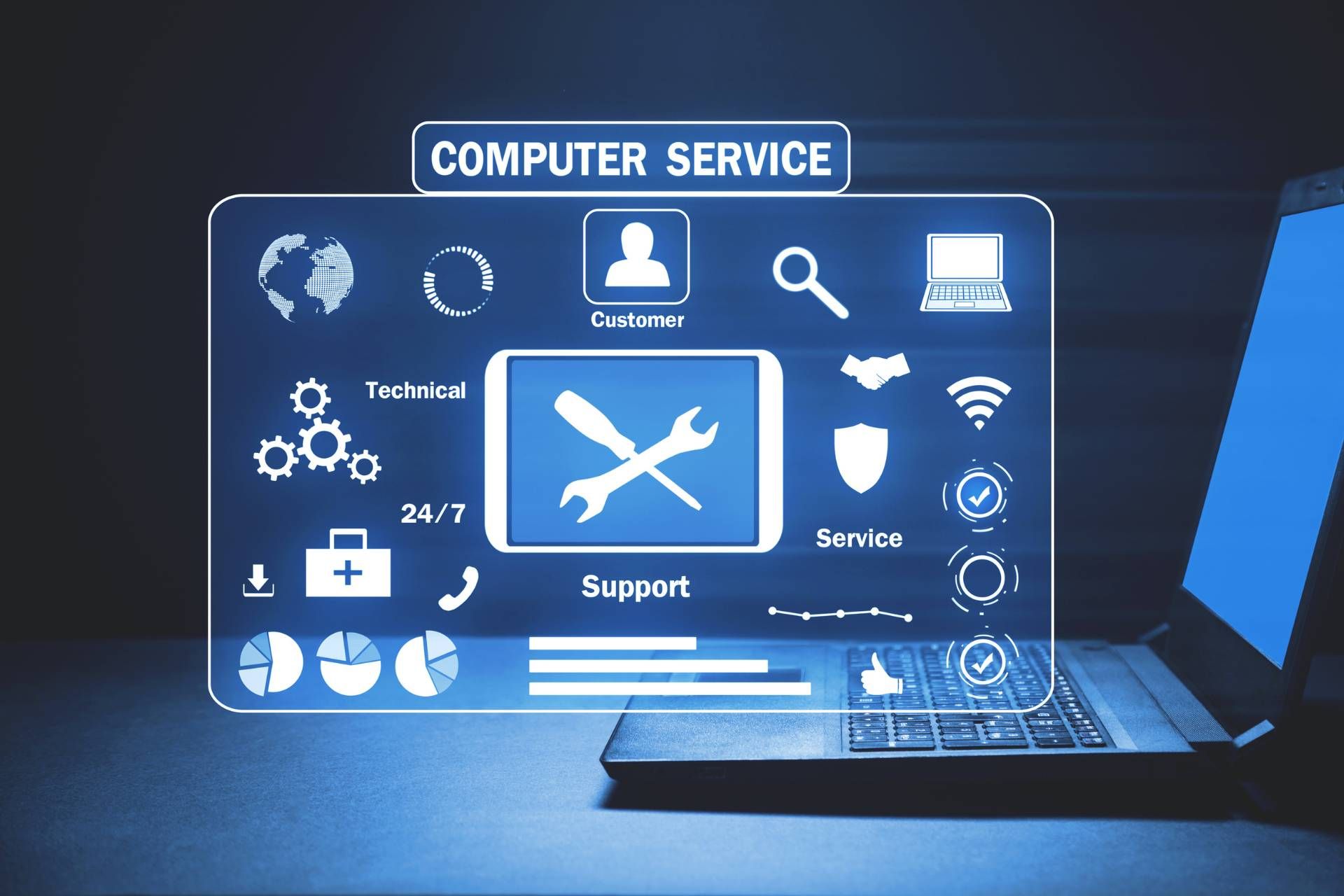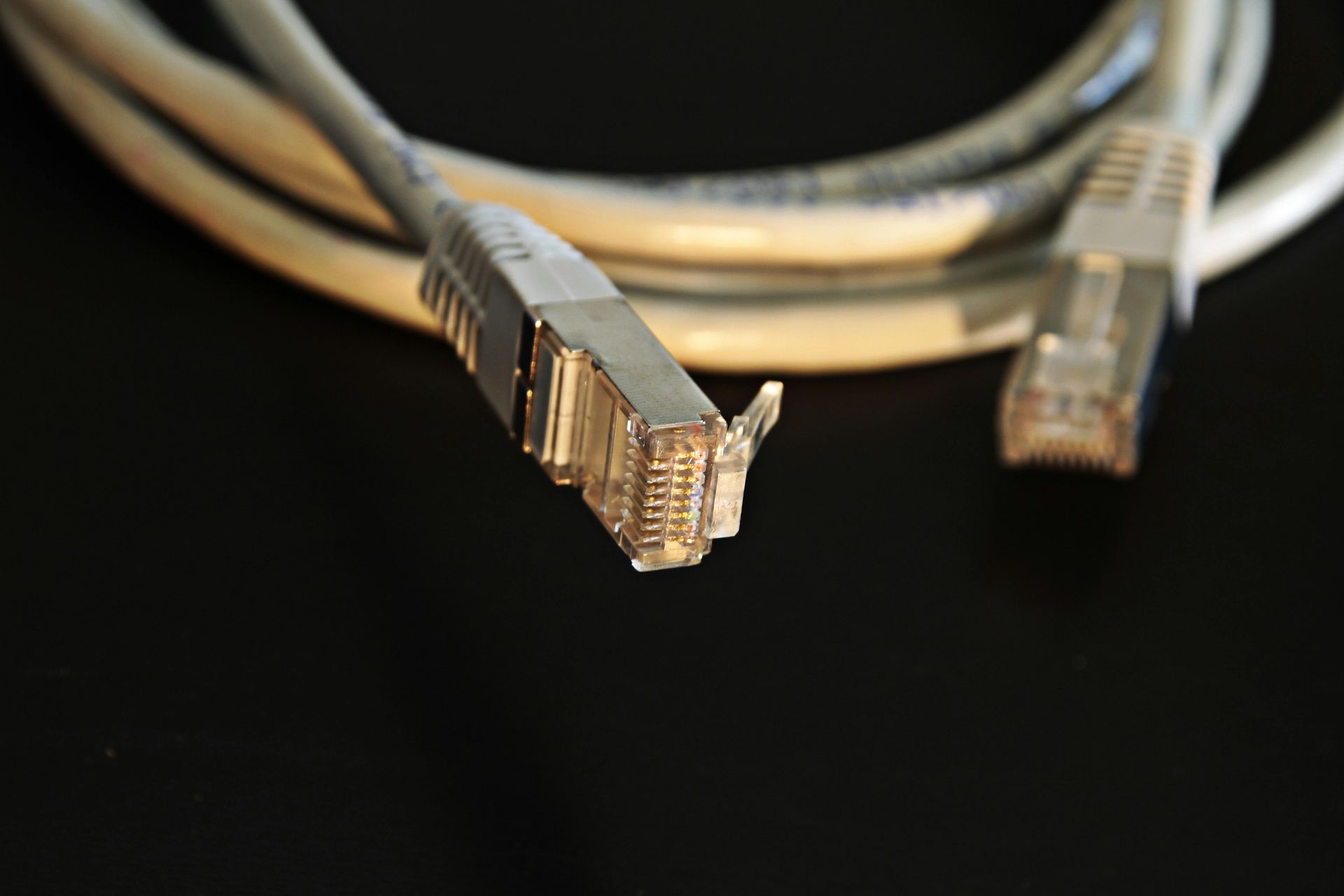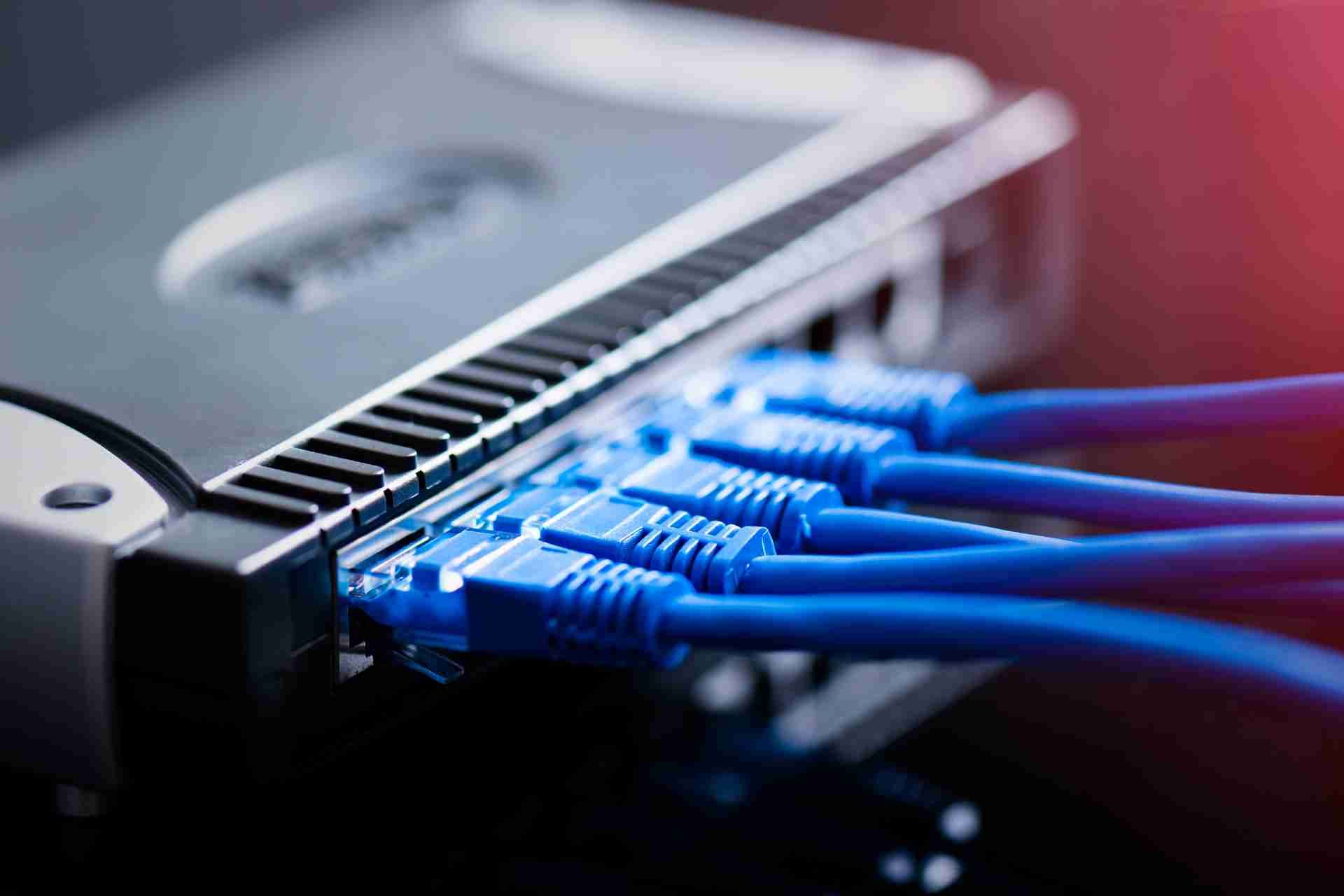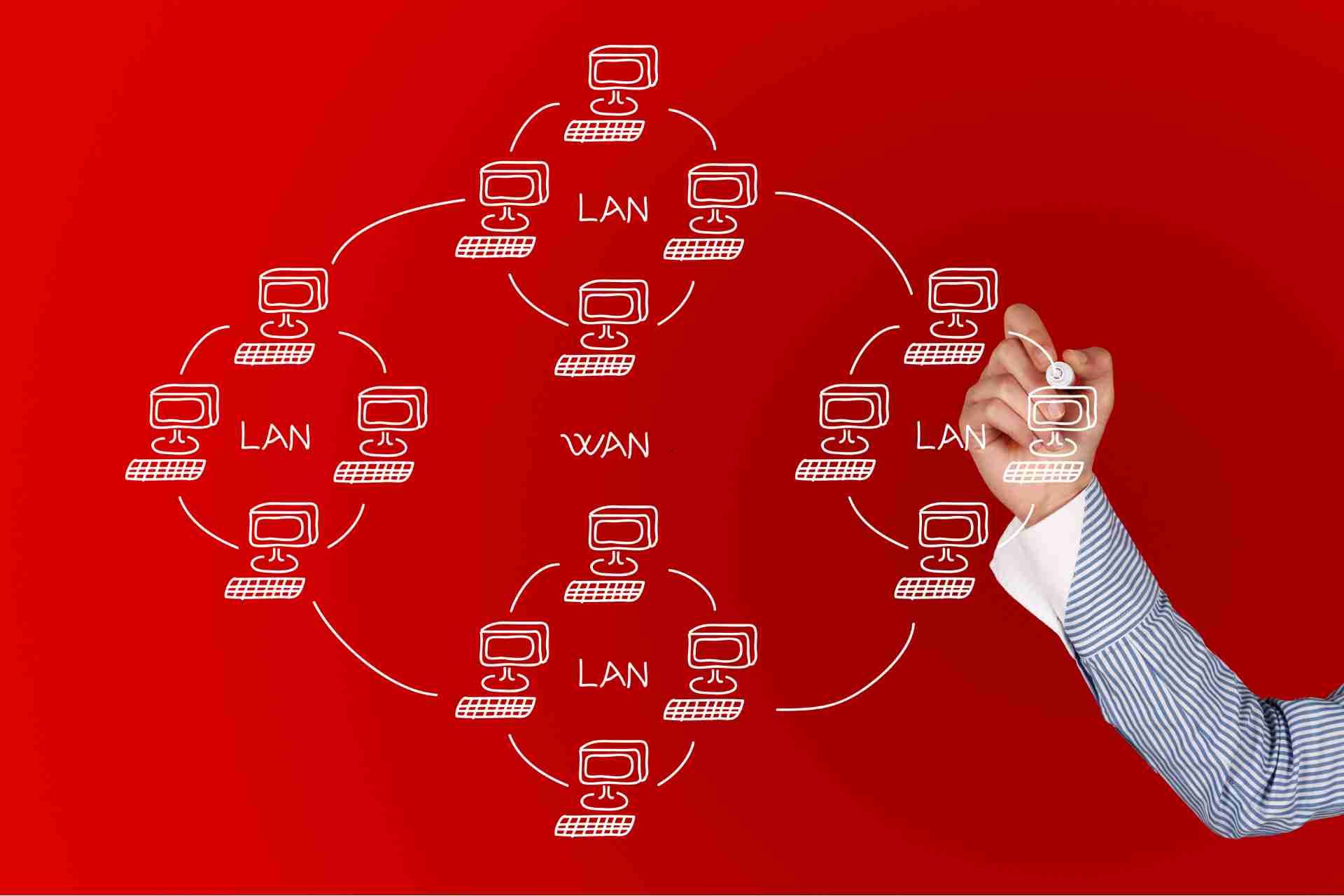Different IT Support Tiers

IT support is an essential component of any organization, ensuring that technology systems are running smoothly and efficiently. Different IT support tiers provide varying levels of assistance based on the complexity of an issue and the expertise required to resolve it. In this blog post, we'll explore the different IT support tiers and their roles in providing comprehensive technical assistance to businesses
Whether you're a small startup or a large corporation, understanding the different tiers of IT support can help you determine the level of assistance your organization needs to keep your technology infrastructure running smoothly.
Role of IT support
IT support is responsible for providing technical assistance and support for problems related to computers, software, and hardware systems. Some of the roles and responsibilities of IT support include:
- Troubleshooting technical issues: IT support is responsible for identifying and resolving technical problems that users may encounter with their computers or software. They may troubleshoot hardware issues, software glitches, network connectivity problems, and other IT-related issues.
- Providing technical assistance: IT support assists users with setting up new hardware or software, configuring systems, and ensuring that they are working properly. They may also provide guidance on using software applications or troubleshooting common problems.
- Maintaining IT systems: IT support is responsible for ensuring that IT systems are up and running smoothly. This may involve performing regular maintenance tasks, monitoring system performance, and ensuring that systems are secure and up to date.
- Managing user accounts and permissions: IT support may be responsible for creating and managing user accounts, setting permissions for access to different systems or resources, and ensuring that users have the necessary access rights to perform their jobs effectively.
- Providing training and support: IT support may offer training sessions for users on how to use new software or systems, as well as providing ongoing support and assistance to help users with any questions or concerns they may have.
Understand the Different IT Support Tiers
Tier 1 IT Support
Tier 1 IT support, also known as Level 1 support, refers to basic technical support provided to end-users within an organization. This level of support typically involves troubleshooting common IT issues, such as password resets, software installations, email configuration, and network connectivity issues. Tier 1 support personnel are often the first point of contact for IT-related inquiries and are responsible for quickly resolving issues or escalating them to higher levels of support if needed.
Some common responsibilities of Tier 1 IT support include:
1. Providing technical assistance to end-users via phone, email, or chat.
2. Troubleshooting hardware and software issues.
3. Documenting and tracking support requests in a ticketing system.
4. Escalating complex issues to Tier 2 or Tier 3 support teams.
5. Assisting with basic network and system administration tasks.
Tier 2 Support
Tier 2 IT support typically involves more complex technical tasks and issues that cannot be resolved by Tier 1 support. This level of support may involve troubleshooting software and hardware problems, performing server maintenance, implementing network configurations, and providing more in-depth technical assistance to end-users.
Responsibilities of Tier 2 IT support may include:
1. Escalating and resolving technical issues that cannot be resolved by Tier 1 support.
2. Providing in-depth troubleshooting and problem-solving for complex technical issues.
3. Performing server maintenance and upgrades.
4. Implementing network configurations and troubleshooting network issues.
5. Assisting with software and hardware installations and upgrades.
6. Providing technical guidance and support to end-users.
7. Documenting and maintaining records of technical issues and resolutions.
Tier 2 IT support personnel often have a higher level of technical expertise and may require specialized training and certifications in specific areas of IT. They play a critical role in ensuring the smooth functioning of IT systems and infrastructure within an organization.
Tier 3 Support
Tier 3 IT support refers to the highest level of technical support offered by an IT department or service provider. This level of support is typically reserved for complex and challenging technical issues that cannot be resolved by Tier 1 or Tier 2 support teams.
Tier 3 support specialists are usually highly skilled and experienced professionals who have deep knowledge of specific technologies and systems. They are responsible for troubleshooting and resolving advanced technical issues, as well as providing expertise and guidance to lower-tier support teams.
Some common responsibilities of Tier 3 IT support specialists may include:
- Resolving complex technical issues that require advanced troubleshooting and problem-solving skills
- Providing guidance and mentorship to lower-tier support teams
- Creating and maintaining documentation for troubleshooting processes and solutions
- Collaborating with other IT teams and vendors to implement effective solutions
- Performing system upgrades, maintenance, and configuration changes
- Conducting root cause analysis for recurring technical issues and implementing preventative measures
Is Tiered IT Support Necessary?
Tiered IT support can be necessary depending on the size and complexity of an organization's IT infrastructure.
Tiered IT support typically consists of multiple levels, with each level providing different levels of support and expertise.
For smaller organizations with simpler IT setups, a single level of IT support may be sufficient. However, for larger organizations with more complex systems and varying levels of technical expertise needed, tiered IT support can help ensure that issues are resolved efficiently and effectively.
Tiered IT support can also help to prioritize and escalate issues as needed, ensuring that critical problems are addressed promptly.
How to Setup a Tiered IT Support
Setting up a tiered IT support system can help streamline the process of troubleshooting and resolving technical issues within an organization. Here are the steps to set up a tiered IT support system:
- Determine the different tiers: Decide on the different levels of support that will be available in the tiered system. Common tiers include Tier 1 (basic support for common issues), Tier 2 (more advanced support for complex issues), and Tier 3 (expert support for specialized or critical issues).
- Define roles and responsibilities: Clearly outline the roles and responsibilities of each tier, including what types of issues they are responsible for resolving and how they should escalate issues to higher tiers if needed.
- Implement a ticketing system: Set up a ticketing system to track and manage support requests. Assign tickets to the appropriate tier based on the complexity of the issue and ensure that tickets are escalated to higher tiers as needed.
- Provide training: Ensure that IT support staff in each tier receive proper training to handle the types of issues they are responsible for. Training should include technical skills, troubleshooting techniques, and customer service skills.
- Establish communication channels: Set up communication channels for IT support staff to easily collaborate and escalate issues to higher tiers. This could include phone calls, emails, instant messaging, or a shared knowledge base.
- Monitor and evaluate performance: Regularly monitor the performance of the tiered IT support system to identify areas for improvement. Gather feedback from users and IT support staff to make adjustments as needed.
Partner with RGV Geeks for Tiered IT Support
Don't let IT issues hold your business back. Partner with
RGV Geeks for tiered IT support and experience the peace of mind that comes with knowing your systems are in safe hands.
Contact us today to learn more about our
IT support services and how we can help your business succeed.












